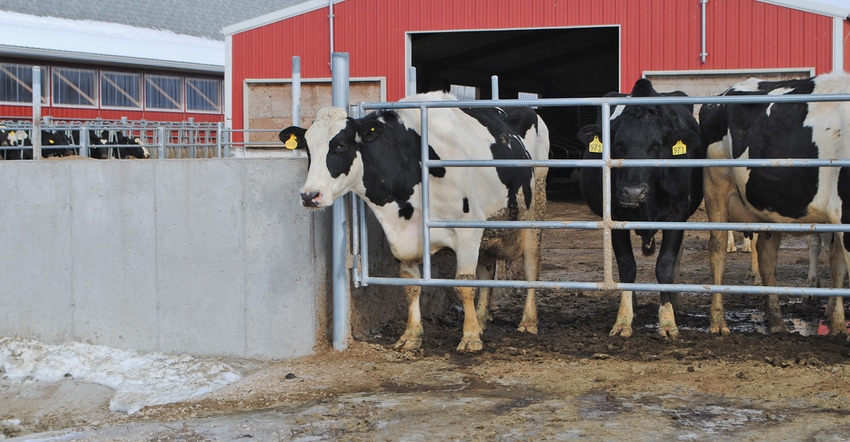December 19, 2019

The dairy industry is a fast-changing landscape. It’s amazing to look back at how rapidly the practices of using beef on dairy genetics, selectively culling dairy heifers, genomic testing and breeding the genetically best to sexed semen have been adopted.
No doubt, market realities regarding replacement heifer inventories, heifer-rearing costs vs. market values, and calf prices have pushed these changes along. That said, it’s easy to overlook the impact that achieving high herd pregnancy rates has had on making these new management choices possible.
Achieving success
Minnesota DHI data from 1998 showed an average of 14% for 21-day pregnancy rates. At that time, herds with a 20% or greater pregnancy rate were considered the outliers. Fast-forward to 2015, and just under half of Dairy Record Management Systems’ herds averaged a 20% or greater 21-day pregnancy rate. While a majority of herds is under 20%, these data show improvement is possible, and many herds have already achieved it.
Sexed semen is often attributed for having a large role in heifer inventory numbers. We must also consider the role improved pregnancy rates have had. Advances in managing for fertility have not only produced more calves, but also resulted in more cows freshening back into the milking string and not becoming reproductive culls.
Is there room for pregnancy rates to improve even further? The answer is most likely yes. New research from University of Wisconsin-Madison took a closer look into the impact that body condition scores have on fertility — specifically, at calving, at 21 days in milk, and the change in between. In that study, 42% of cows lost body condition, 36% maintained body condition, and 22% gained body condition. Cows that gained BCS had astoundingly high conception rates to first AI: 78% measured at 70 days after AI. Cows that maintained the same BCS from calving to 21 days in milk averaged 36% conception rates to first AI. This was greater than for those cows that lost BCS, which averaged only 23% conception rates to first AI.
Cows that gained BCS had, on average, a lower initial BCS at calving — 2.85 on a 5-point scale — than cows that lost BCS. Those cows averaged 2.93 BCS at calving. Despite having the lowest average BCS at calving, cows that gained BCS had the greatest average BCS measured at 21 days in milk. At 21 days in milk, the group that lost BCS averaged a 2.64, those that stayed the same a 2.89, and those that gained a 3.1. Typical BCS recommendations during the dry period to calving are 3.25 to 3.75.
Looking just at reproduction, these results would suggest those numbers are too high. While cows that gain BCS after calving are the minority of the herd, is it possible that ration management and genetic selection practices can increase that number? If so, 21-day pregnancy rates could go higher yet.
With an ample supply of replacement heifers available, it’s fair to ask if herds really need to push for even greater pregnancy rates. The answer is most likely “it depends” for each situation, and it may not be for everyone. It may be worth considering what additional management choice options even greater reproduction performance could open up. Will your future choices be selecting the optimal proportion of first-lactation to older cows for your herd, optimal culling percent for your herd, more voluntary culling choices, and more?
If you’re interested in learning more, University of Wisconsin-Extension will be hosting workshops in late March and early April featuring dairy specialist Paul Fricke discussing “Management Strategies in an Era of High Pregnancy Rates.”
Sterry is the Extension agriculture agent in St. Croix County, Wis. This column is provided by the University of Wisconsin-Extension Dairy Team.
About the Author(s)
You May Also Like




